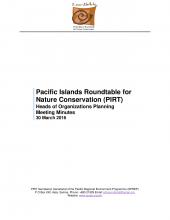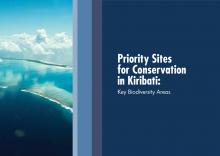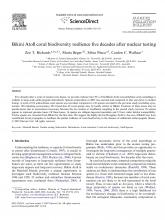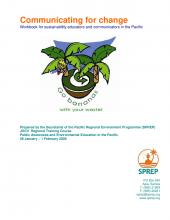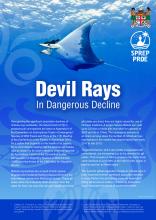Communicating for change : Workbook for sustainbility educators and communicators in the Pacific


Climate Change Resilience, Island and Ocean Ecosystems
Available Online
In the Pacific, land and sea are life; livelihoods and the natural environment are inseparable. Culture, tradition and livelihoods, are underpinned by the incredible biodiversity of the nearly 3,000 islands and atolls of the Pacific. However, high birth rates, unsustainable use of natural resources, increasing dependency on the cash economy, labour migration, and the deterioration of traditional social systems, are changing traditional lifestyles. Globally, the Pacific is considered a unique region in the world, from both marine and terrestrial perspectives. However, the Pacific is also one of the most threatened with more extinctions per capita than anywhere else in the world. Less than 30% of the forest cover remains in a natural state and what is left is being removed at up to 4% per annum on some islands. The threat of extinctions will continue as more coastal areas are degraded by increased land based sources of pollution, the modification of critical habitats, the increasingly unsustainable exploitation of resources, and the impacts of climate change.
